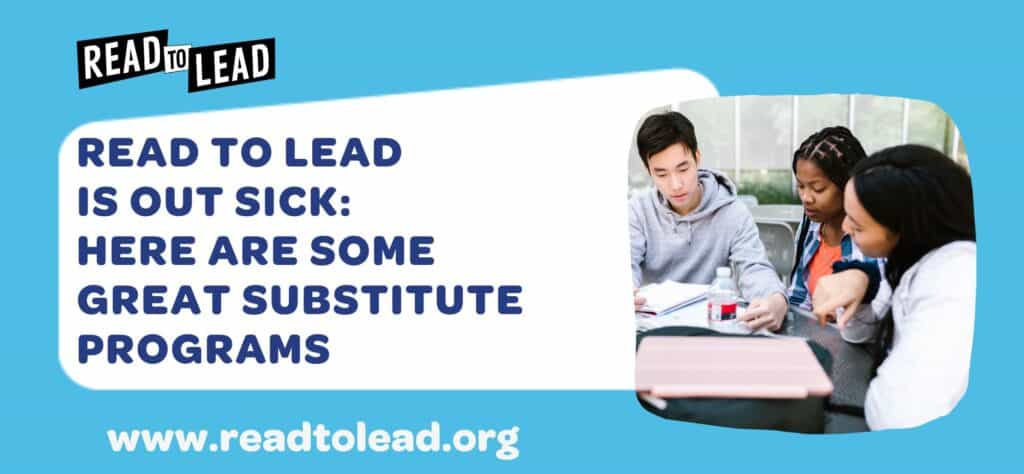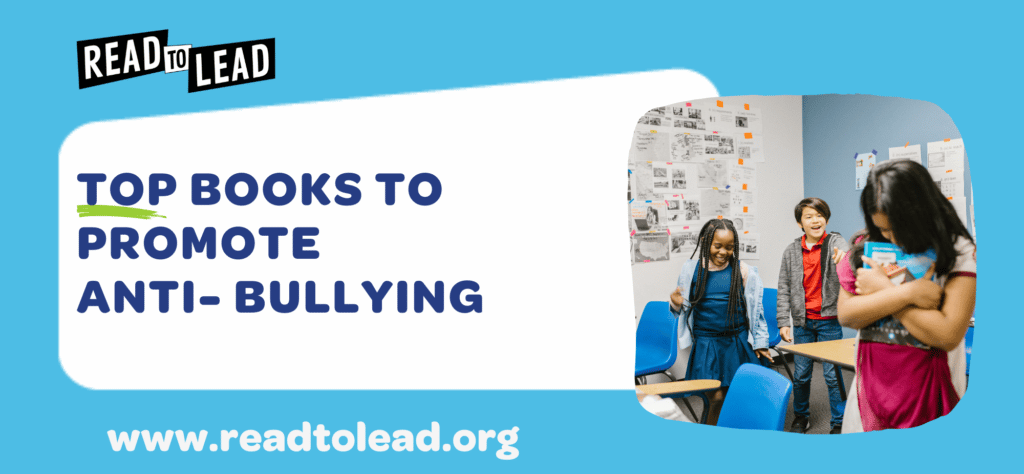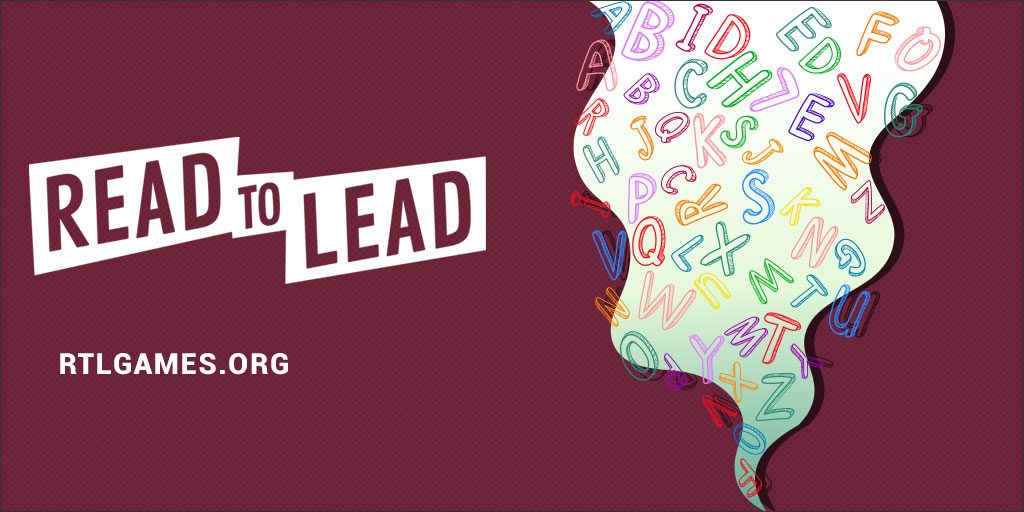
All educators want nothing more than for their students to be successful. We delight in hearing that our former pupils have been accepted into top-notch colleges, have secured jobs they are passionate about and have grown into productive and upstanding members of society. To this end, we do our best to prepare them for the challenges that lie ahead and equip them with the tools they need to successfully navigate the future.
But what exactly do students need to improve their chances of being successful later in life? Believe it or not, they need to read.
Why Is Reading Important?
Reading is important beyond just the fact that it is a critical part of every single facet of life. From instruction manuals to emails, and memos to web pages, literacy is an essential part of life and factors into every workplace environment.
Besides basic literacy, reading ability is a strong predictor of future success. Chaplin Hall researchers at the University of Chicago found that third-grade reading level was predictive of later life outcomes, including graduation from high school and college enrollment. OECD’s Program for International Student Assessment (PISA) results suggest that “changing and improving students’ reading proficiency could have a strong impact on their opportunities in later life”. It is evident that improving students reading ability can help pave the way for their future success.
Word Exposure Builds Vocabulary
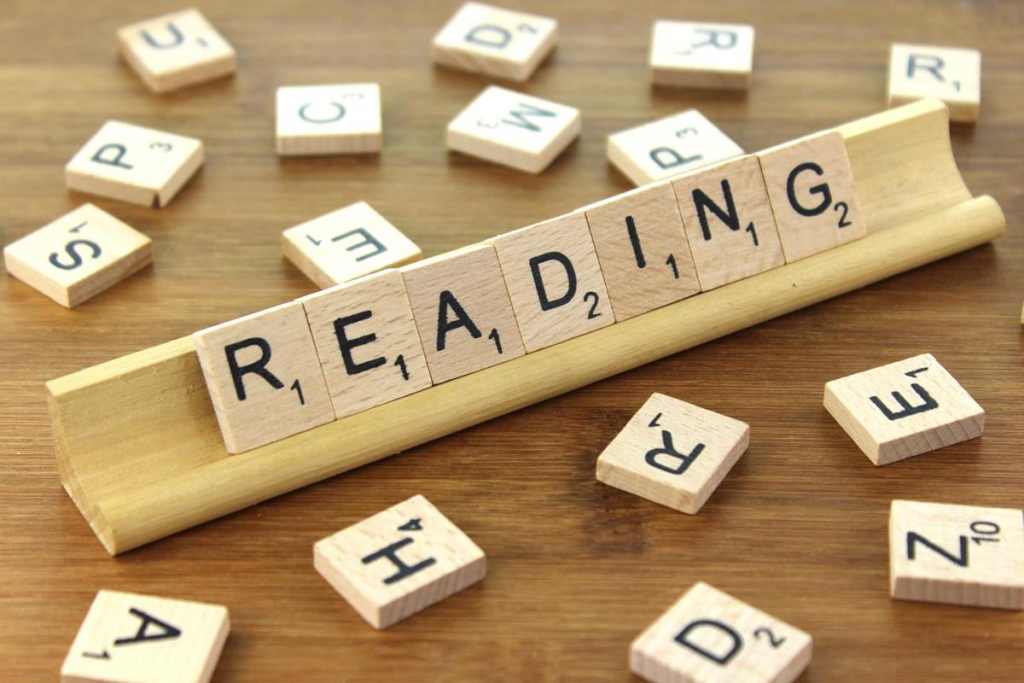 Why is reading such a strong predictor of future success? This has a lot to do with word exposure and vocabulary. Reading is one of the principal ways in which students are exposed to new vocabulary. As students repeatedly encounter new words in different contexts, they build and strengthen their vocabularies, and a small difference in daily reading practices can result in huge differences down the road in terms of vocabulary acquired.
Why is reading such a strong predictor of future success? This has a lot to do with word exposure and vocabulary. Reading is one of the principal ways in which students are exposed to new vocabulary. As students repeatedly encounter new words in different contexts, they build and strengthen their vocabularies, and a small difference in daily reading practices can result in huge differences down the road in terms of vocabulary acquired.
A mere difference of less than six minutes of daily reading time can result in staggering differences over time. At a third grade level, this difference can translate to over 100,000 more words per year for students who read for 20 minutes daily as compared to 14.6 minutes daily, and at a sixth-grade level, over 200,000 more words per year between students who read 18 minutes vs. 12.6 minutes daily.
This discrepancy is further exacerbated when one considers how socioeconomics plays into vocabulary building. The groundbreaking study by Hart and Risely highlights an incredible 30-million word difference in the number of words children from high-income families compared to children from families on welfare are exposed to during early childhood.
You may be wondering what vocabulary has to do with being successful. The reason is simple. All knowledge is predicated on the vocabulary we have of a particular subject or topic. It forms the foundation for adding more information to our existing bank of knowledge. Ultimately, vocabulary is a strong predictor of student success, because being successful requires the ability to process information.
How can Read To Lead®️ Help?
Despite all the evidence that reading and word exposure is critical in determining future student success, educators can attest to the fact that many of our students do not spend enough time reading. A study conducted over the 2015-2016 school year found that out of almost 10 million students, more than half spent less than 15 minutes reading per day. Unfortunately, 15 minutes seems to be the threshold at which students start seeing a considerable improvement in their reading achievement.
So how can we get students to push past this barrier? Offering students engaging and creative alternatives to traditional books are one way of encouraging them to spend more time reading. On the gamified platform Read To Lead®️, each episode exposes students to 30 minutes of reading practice, 5,000 words and at least one authentic workplace reading and writing task.
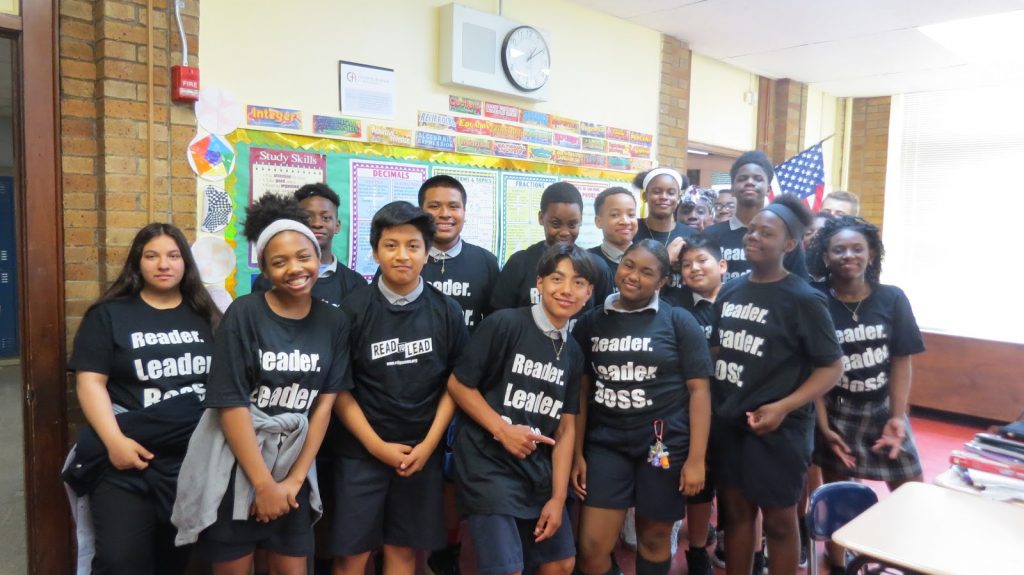 As educators such as Cathy Rubano and Deja Flynn have found, incorporating Read To Lead®️ into their curriculum motivates their students to dedicate more time to reading and expanding their vocabulary. Getting students to read and engage with the material can be a challenge, but employing tools such as Read To Lead®️ can help.
As educators such as Cathy Rubano and Deja Flynn have found, incorporating Read To Lead®️ into their curriculum motivates their students to dedicate more time to reading and expanding their vocabulary. Getting students to read and engage with the material can be a challenge, but employing tools such as Read To Lead®️ can help.
With the reading ability and word exposure being such strong predictors of future student success, it is not something we should take lightly. We should be doing all we can to boost students in these aspects, and platforms like Read To Lead®️ are an engaging resource to have in our arsenal of teaching tools.
How are you helping your students improve reading ability and word exposure? Join the conversation on Facebook, Twitter, and Instagram to share your best ideas with fellow educators! If you’re ready to sign up for Read To Lead®️, click here: bit.ly/readtoleadplatform
About Read to Lead
Read to Lead uses the power of game-based learning to empower middle school students to build literacy, life, and career skills. Teachers can sign up for a free account to get started!
